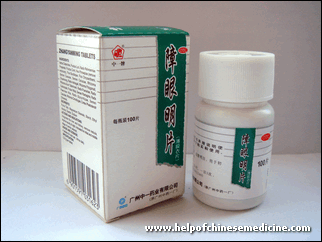3-6 months per treating period.
We can guarantee that the natural products from ShenYi Center of Chinese Medicine are 100% authentic and our prices are competitive in comparison to other herbal stores.
We ship via Hong Kong post.
Paypal and credit cards accepted. Most of the orders areshipped within 24 hours.
Please contact us for any enquiries:
info (at) helpofchinesemedicine.com


- Chinese Medicine for cardiovascular diseases and heart
- Chinese Medicine for gastro-intestinal disorders (poor appetite, indigestion, gastritis, diarrhea)
- Chinese Medicine for men (prostatitis, impotence etc.)
- Chinese Medicine for women (gynecological conditions, pre-menstrual syndrome, infertility)
- Chinese Medicine for liver syndromes (fatty liver, hepatitis)
- Chinese Medicine skin diseases (swelling, eczema, psoriasis)
- Chinese Medicine for asthma, bronchitis, chronic coughs
- Chinese Medicine for rheumatism, arthritis, osteoarthritis
- Chinese Medicine for hypertension
- Chinese Medicine for allergies
- Chinese Medicine for common cold and flu, sore throat
- Chinese Medicine for pain relieve
- Chinese Medicine for fatigue syndrome
- Chinese Medicine for weight loss
In vitro cell culture model for anti-cataract drug penetration studies.
Jiang TY, Wang SL, Liu Y, Nie SF, Ito Y, Nagai N, Wu CF.
School of Pharmacy, Shenyang Pharmaceutical University, China.
Immortalized human corneal epithelial cells (HCECs) and human lens epithelial cells (HLECs) were cultured in vitro. Cells were observed under a phase-contrast microscope and the integrity of cell monolayers was assayed by transepithelial electrical resistance (TEER) determination. The permeability of disulfiram (DSF) through a HCECs monolayer was compared with that of DSF through an excised rabbit cornea. The permeability coefficients of DSF through a HCECs monolayer and excised rabbit cornea were 29.5 +/- 4.8 x 10(-6) cm/s and 34.7 +/- 5.2 x 10(-6) cm/s, respectively. Diethyldithiocarbamate (DDC) had high permeability through HLECs monolayer with a permeability coefficient of 44.6 +/- 7.1 x 10(-6) cm/s. The cytotoxicity of DDC against HLECs was investigated using the trypan blue exclusion test. For a DDC concentration of 5 mmol/l, more than 85% cells were viable. DH3a1 mRNA was expressed in cultured HLECs. The expression of aldehyde dehydrogenase 3a1 (ALDH3a1), which may be be responsible for DSF-DDC conversion, was detected using RT-PCR and agarose gels electrophoresis. These results demonstrate that the permeability of DSF can be detected and intra-ocular drug action may be predicted using the cultured HCEC and HLEC monolayers as model.
This is the page of Chinese medicine for cataracts, you can buy Zhang Yan Ming Pian online here.


